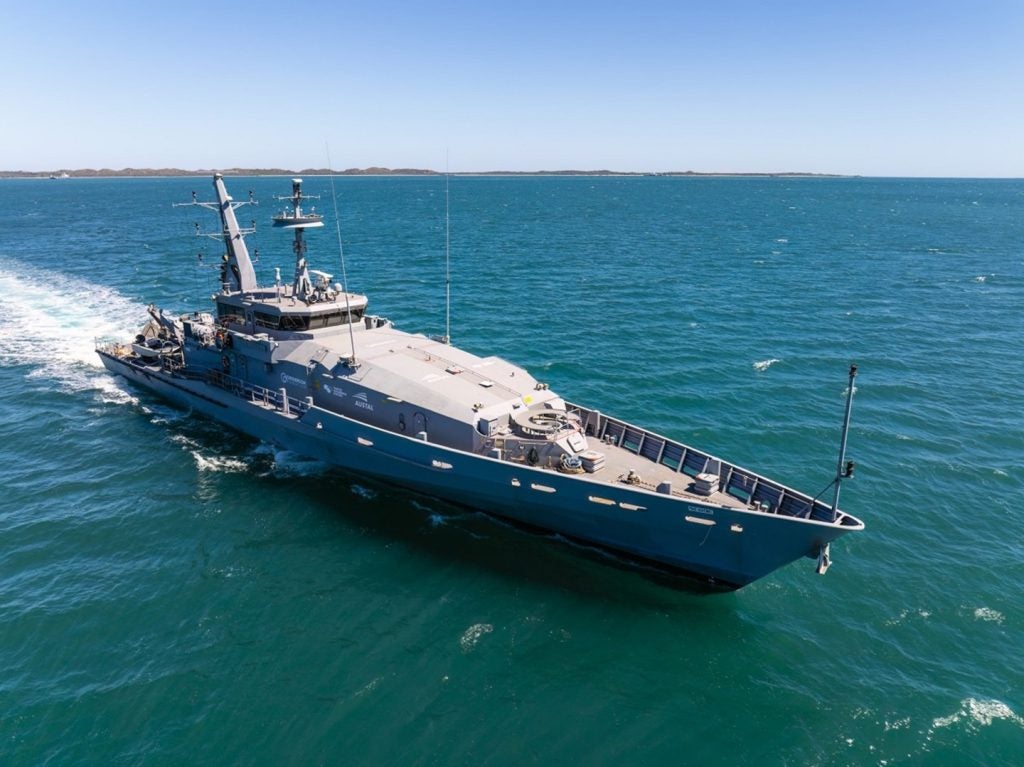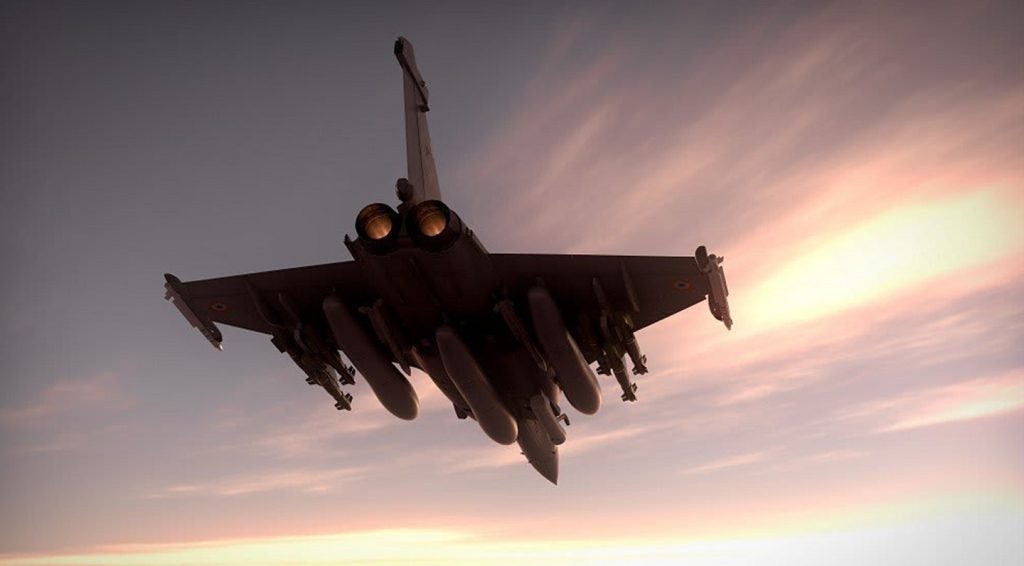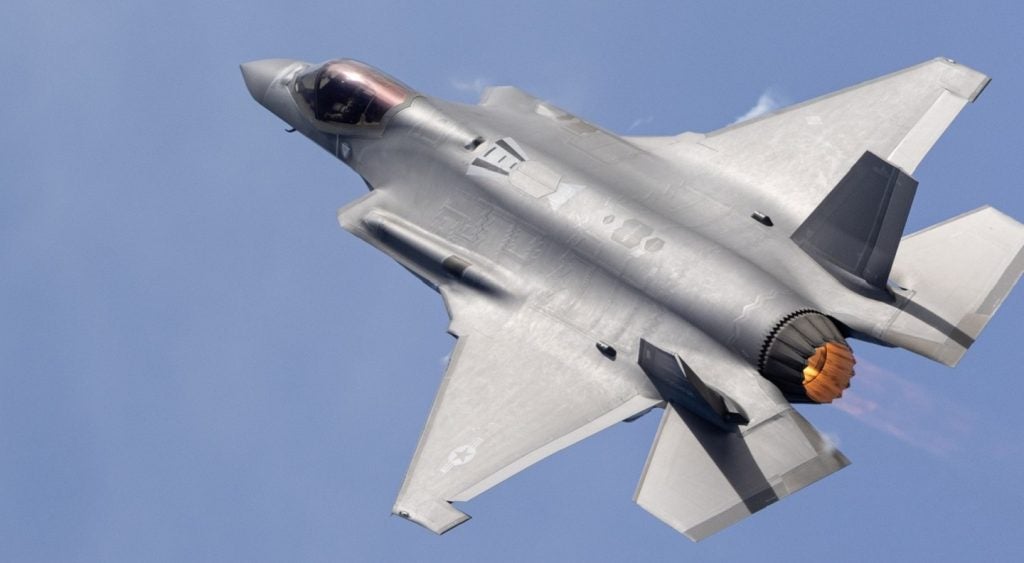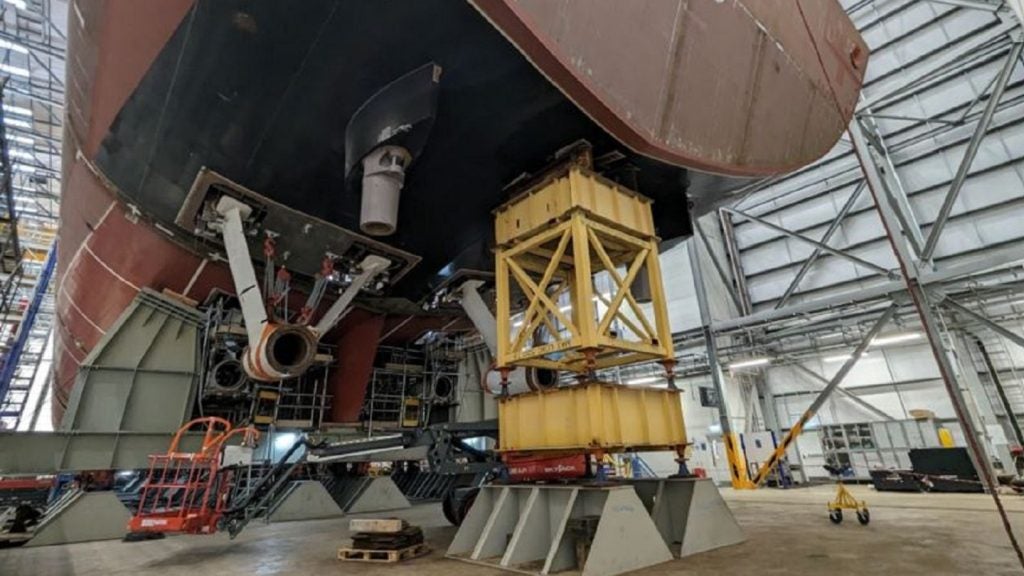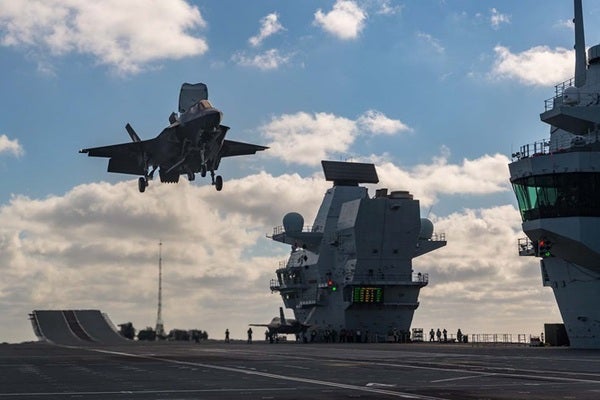
The British Royal Navy’s latest aircraft carrier HMS Queen Elizabeth has completed a series of intensive F-35 fast jet trials over two months in the US.
After completing its Westlant 18 deployment in the US, the 65,000t navy vessel is currently returning to its home port in Portsmouth, UK.
The fast jet trials were carried out to help write the ‘operator’s manual’ that would enable future F-35 pilots to fly jets from the carrier’s deck on frontline operations.
This round of tests has helped prepare HMS Queen Elizabeth for the upcoming series of operational trials scheduled for next year. During the next trials, the warship will conduct exercises with UK-owned F-35 fighters flown by naval and airforce pilots based at RAF Marham.
During the two months of fast jet evaluations, four test pilots flew two F-35s to perform a total of 200 short takeoffs and 187 vertical landings. In addition, the aircraft also conducted 15 ‘rolling’ landings, which is a British technique to allow a fighter jet to return to the aircraft carrier with a heavier payload.
In addition, the two Lightning II stealth jets successfully air-dropped 54 dummy bombs into the Atlantic.
How well do you really know your competitors?
Access the most comprehensive Company Profiles on the market, powered by GlobalData. Save hours of research. Gain competitive edge.

Thank you!
Your download email will arrive shortly
Not ready to buy yet? Download a free sample
We are confident about the unique quality of our Company Profiles. However, we want you to make the most beneficial decision for your business, so we offer a free sample that you can download by submitting the below form
By GlobalDataScientists from the Integrated Test Force (ITF) at Naval Air Station Patuxent River also recorded masses of data from the carrier and the aircraft.
The data will help determine the limits, including weather, humidity, pitch and roll of the ship, as well as aircraft weight to determine when fighters can safely takeoff and land back on HMS Queen Elizabeth and its sister vessel HMS Prince of Wales.
ITF chief test pilot RAF squadron leader Andy Edgell said: “This has been one of the most comprehensive flight trials at sea ever conducted.
“I am very proud to have professionally executed every aspect of this trial and deliver for the UK a capability that can be exploited for years to come.”



